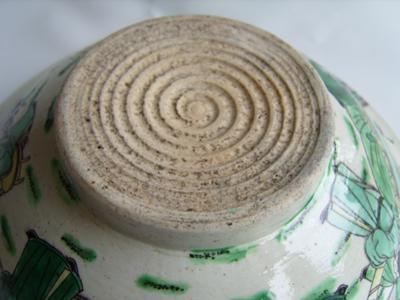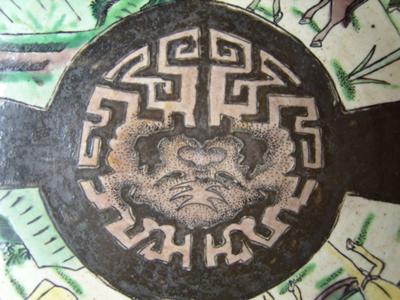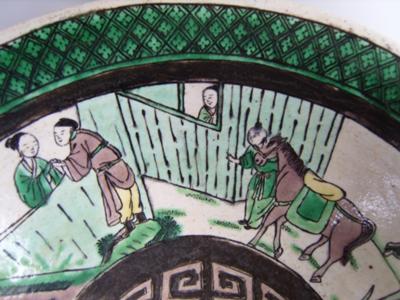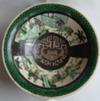Commenting is deactivated.
Please post all new topics and queries to the
Discussion Forum
Famille verte bowl
by Barry
(UK)
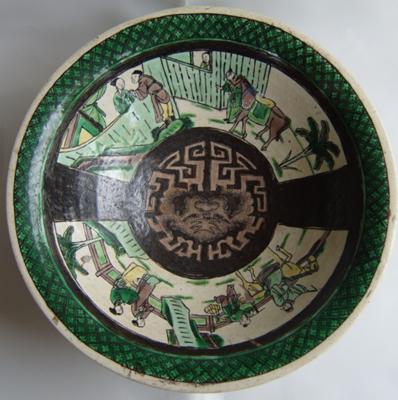
Hi Peter can you suggest a period for this famille verte bowl please.
Many thanks Barry
Comments for Famille verte bowl
|
||
|
||
|
||
|
||
search by keyword
